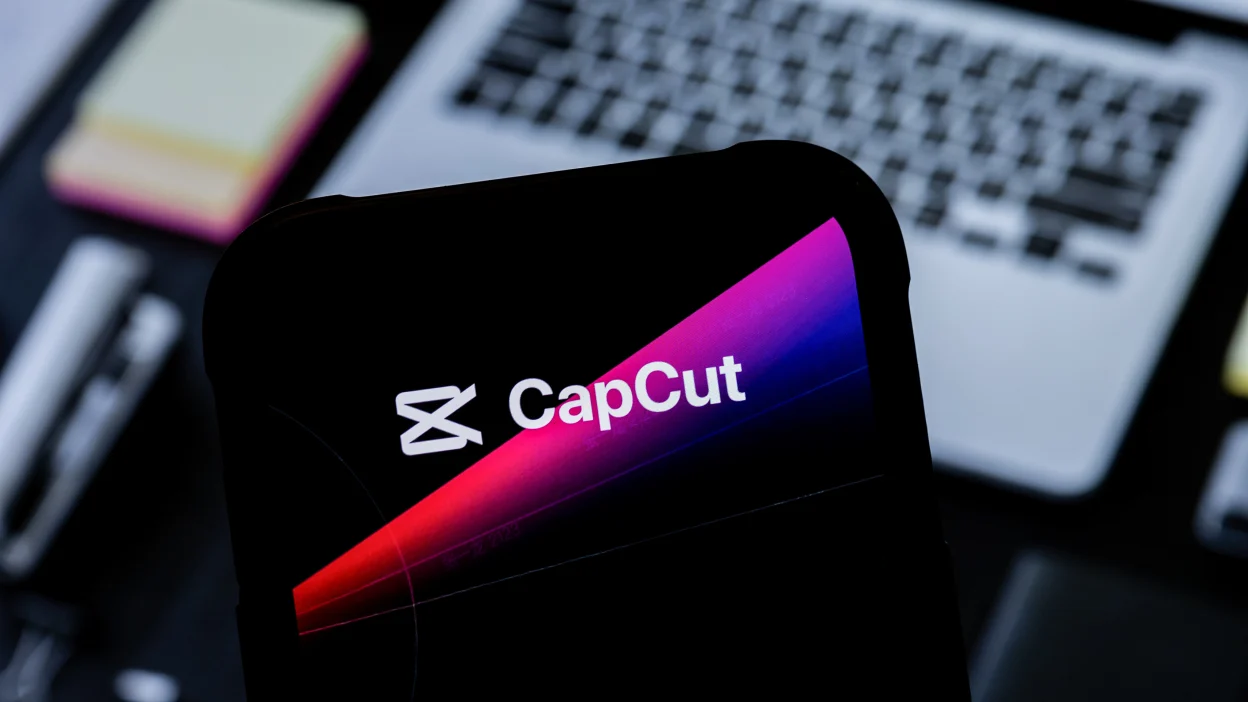I have a client who wants a piece of artwork from me and is willing to pay me via an NFT. I know right?
Well, I agreed after researching what an NFT is and how secure it is.
So what’s an NFT?
A non-fungible item is a one-of-a-kind item that can’t be replaced by something else. NFTs allow someone to buy or sell a unique piece of digital art, and the buyer is the only one in the world to own that original piece.
How does it work you ask?
NFTs are recorded on a blockchain, and each token holds information about a unique digital piece of art.
How at risk am I?
Because NFTs are a relatively new investment, there’s still a lot to learn about them. In addition, it can be tough to put a price on digital art, which can make NFTs an incredibly risky investment.
With digital art, though, how much it’s worth depends on how much someone is willing to pay for it. There are no guidelines for how much a meme or a GIF or a tweet is worth, so it’s anyone’s guess how much you’ll be able to get for it — or whether you’ll be able to sell it at all.
Understanding what a NFT is?
A non-fungible token (NFT) is a unit of data stored on a digital ledger, called a blockchain, that certifies a digital asset to be unique and therefore not interchangeable.[1] NFTs can be used to represent items such as photos, videos, audio, and other types of digital files. Access to any copy of the original file, however, is not restricted to the buyer of the NFT. While copies of these digital items are available for anyone to obtain, NFTs are tracked on blockchains to provide the owner with a proof of ownership that is separate from copyright.
How do NFTs work?
At a very high level, most NFTs are part of the Ethereum blockchain. Ethereum is a cryptocurrency, like bitcoin or dogecoin, but its blockchain also supports these NFTs, which store extra information that makes them work differently from, say, an ETH coin. It is worth noting that other blockchains can implement their own versions of NFTs.
Now what is Ethereum?
Blockchain technology is being used to create applications that go beyond just enabling a digital currency. Launched in July of 2015, Ethereum is the largest and most well-established, open-ended decentralized software platform.
Ethereum enables the deployment of smart contracts and decentralized applications (dapps) to be built and run without any downtime, fraud, control or interference from a third party. Ethereum comes complete with its own programming language which runs on a blockchain, enabling developers to build and run distributed applications.
The potential applications of Ethereum are wide-ranging and are powered by its native cryptographic token, ether (commonly abbreviated as ETH). In 2014, Ethereum launched a presale for ether, which received an overwhelming response. Ether is like the fuel for running commands on the Ethereum platform and is used by developers to build and run applications on the platform.
Ether is used mainly for two purposes—it is traded as a digital currency on exchanges in the same fashion as other cryptocurrencies, and it is used on the Ethereum network to run applications. According to Ethereum, “people all over the world use ETH to make payments, as a store of value, or as collateral.”
So what’s the difference between Thereum & Bitcoin?
While both the Bitcoin and Ethereum networks are powered by the principle of distributed ledgers and cryptography, the two differ technically in many ways. For example, transactions on the Ethereum network may contain executable code, while data affixed to Bitcoin network transactions are generally only for keeping notes. Other differences include block time (an ether transaction is confirmed in seconds compared to minutes for bitcoin) and the algorithms that they run on (Ethereum uses ethash while Bitcoin uses SHA-256).
More importantly, though, the Bitcoin and Ethereum networks are different with respect to their overall aims. While bitcoin was created as an alternative to national currencies and thus aspires to be a medium of exchange and a store of value, Ethereum was intended as a platform to facilitate immutable, programmatic contracts, and applications via its own currency.
BTC and ETH are both digital currencies, but the primary purpose of ether is not to establish itself as an alternative monetary system, but rather to facilitate and monetize the operation of the Ethereum smart contract and decentralized application (dapp) platform.
So how do I get started?
First pick a wallet and the features you want. I chose Metamask as it gave me access to Opensea.
OpenSea is the first and largest marketplace for user-owned digital goods, which include collectibles, gaming items, domain names, digital art, and other assets backed by a blockchain.
More information about Ethereum here
More information of dapps and which apps to use – here
Which dapp I’m using? – MetaMask and Opensea
PLEASE NOTE USE AT YOU OWN RISK. WE CANNOT BE HELD LIABLE FOR ANYTHING.
If you need further help or understanding, reach out and I will assist you.





